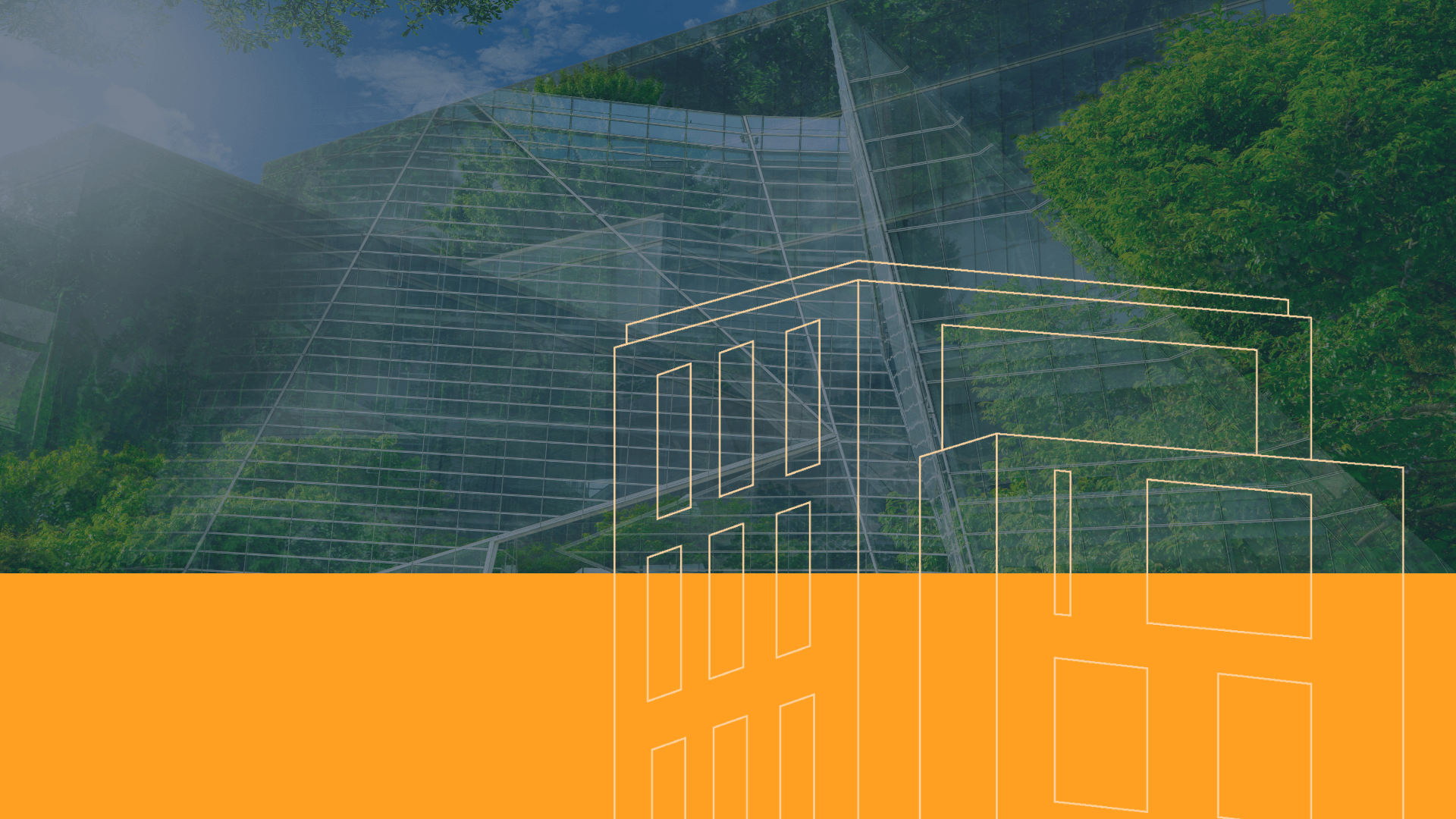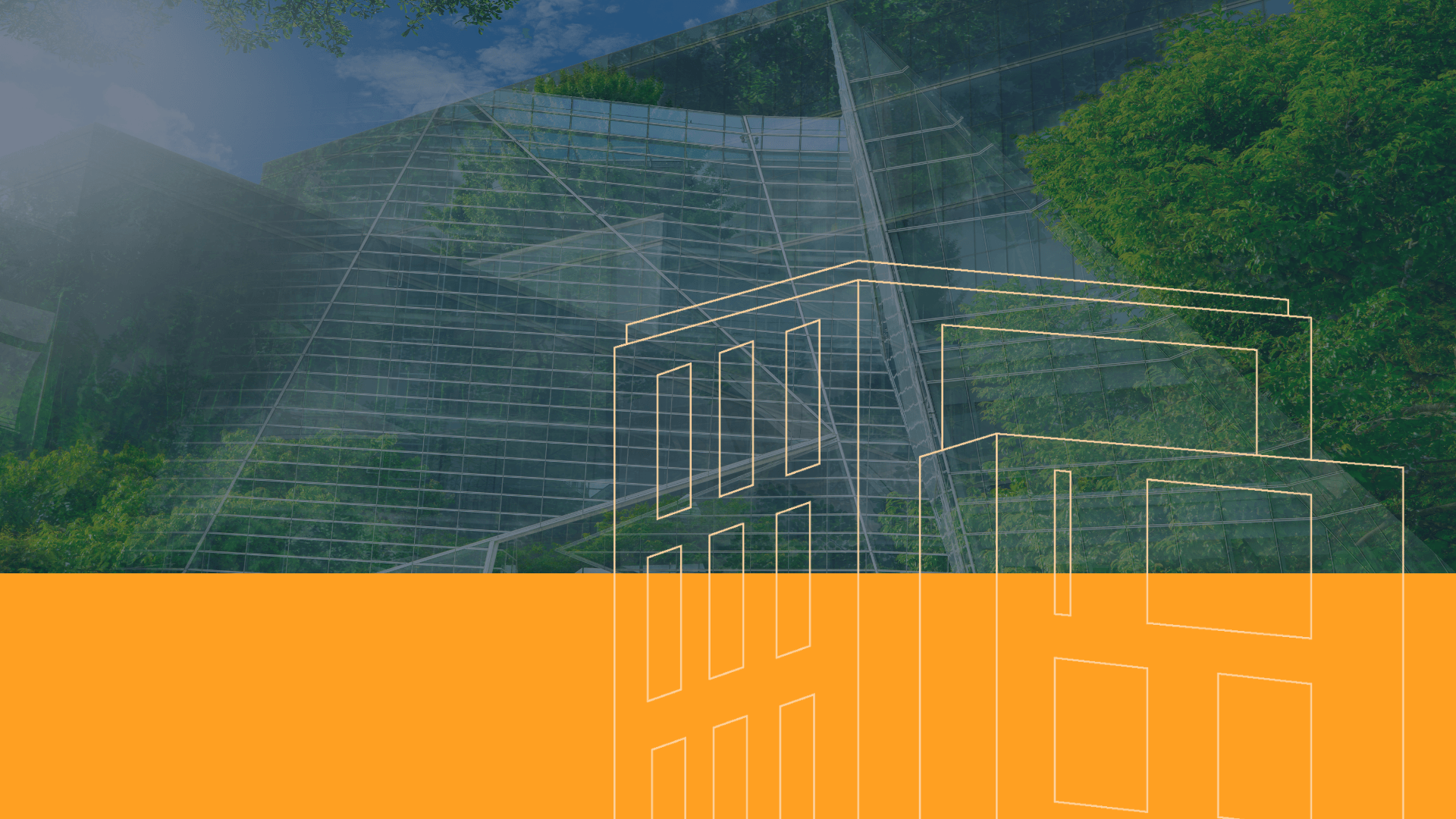Property development: the 5 key trends for 2023
Uncategorized Published on December 11, 2023
Against this backdrop, what are Primpromo’s main prospects for 2023? From leasing to new reversible buildings and the hope of a resurgence of building permits, we take a closer look at 5 key trends for the year ahead.
1. Digital technology to keep up with rising construction costs
Faced with rising material prices (+18 % between January and June) and energy prices, many building projects have been delayed or cancelled. In this context, digital tools such as those for automating low value-added tasks and centralising data have helped builders, developers and contractors to organise themselves and manage collaboration more effectively in order to optimise costs and expenditure across the entire value chain.
2. LOA: the appeal of property leasing
Forget credit, welcome to leasing! Also known as leasing for professionals, leasing allows young professionals and the middle classes to become homeowners without any initial capital.
This trend originated in the United States and is growing in France with the emergence of dedicated start-ups such as Hestia in Marseille and Sezame in Nantes. Property leasing: developers’ response to soaring house prices?
3. Developers in the age of crowdfunding
A project to build 110 blocks of flats in Sarcelles, the development of GRDF’s head office in Normandy, among others. Every year, the appeal of crowdfunding grows among small and medium-sized property developers, who see it as a solution to their equity problems. Since 2012, more than 4,000 projects have been financed in this way, including more than 1,200 in 2022. Another advantage for developers is that their shareholders become ambassadors for the property developments in which they invest!
4. New reversible buildings, a solution to the sector’s carbon footprint
Following the introduction of the RE2012 and RE2020 standards designed to reduce CO2 emissions from the construction sector, developers are now looking to reduce the environmental impact of new builds. It is against this backdrop that interest is growing in reversible buildings, adapting to the nature of their occupants and their needs. In this way, reversibility makes it possible to combat the “change of use, destruction and reconstruction” triptych. This is what is planned for the “zero-carbon” Paris district at Porte de Montreuil. Designed to host the 2024 Olympic teams, it will then be transformed into housing, offices and shops.
5. Will building permits soon be on the increase?
In France, the slowdown in the number of single-family homes, which was already falling at the end of 2021, has been confirmed (-10.4 %) in 2022. However, over the year as a whole, the increase was 5.6 %, with 25,900 more homes than in 2021. Approvals for residential housing grew the most (16.6 %), ahead of ordinary multi-family housing (13.6 %) and cluster single-family housing (11.9 %). Will this translate into a revival in 2023?
Conclusion
2023 promises to be full of challenges. For example, we will have to deal with the rise in interest rates and adopt a way of designing projects that requires less energy. But let’s be positive: after all, with order books at a good level at the end of 2022, we can expect an increase in production.


